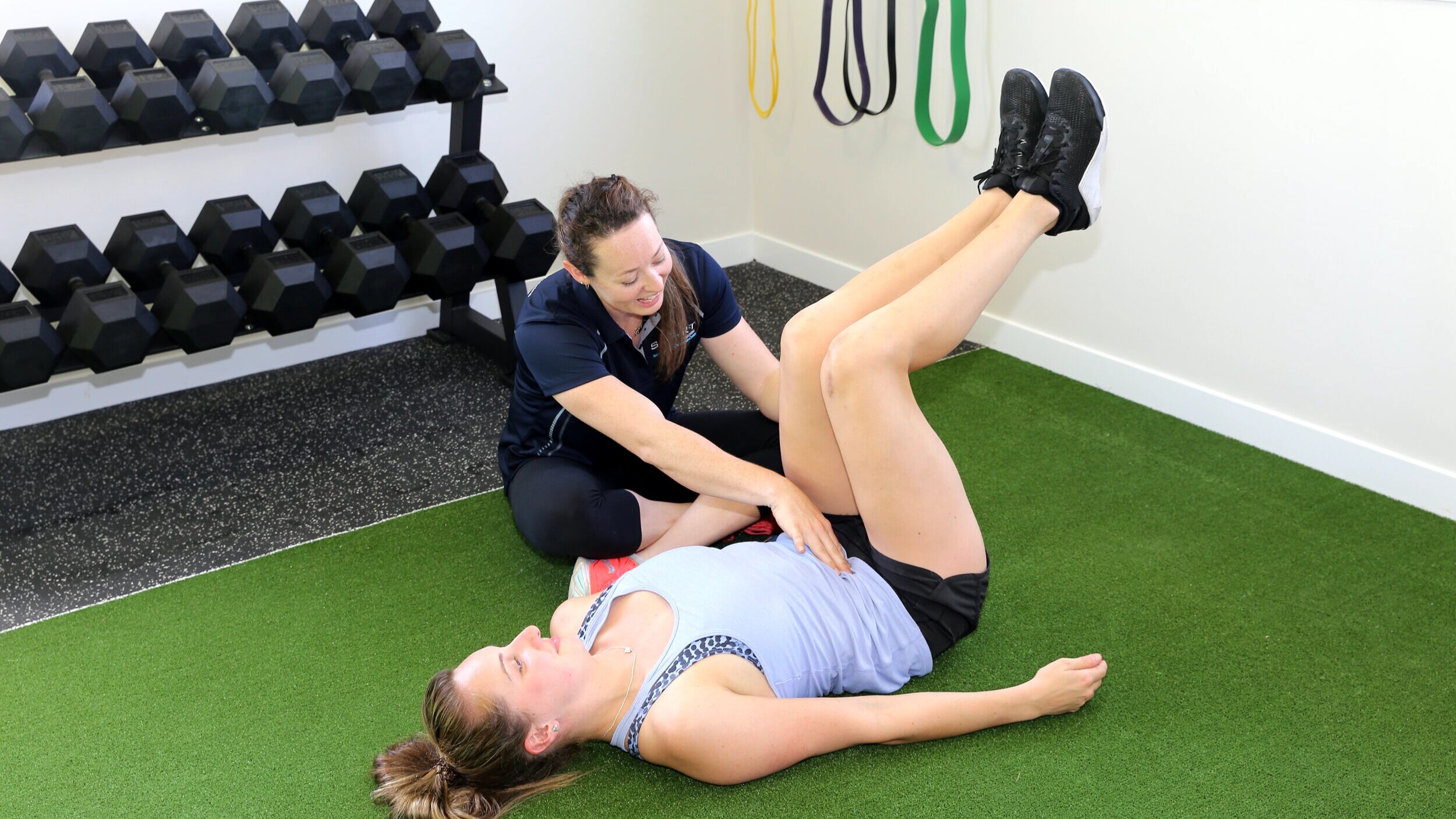Post Natal Exercise
Post-natal rehabilitation has a large importance in order to regain strength and stability, and help women recover from the physiological and psychological demands of pregnancy. The application of an individualised training program will aid in reversing deconditioning post-natal. Initially exercise should focus on rehabilitation to prevent long term pelvic floor and abdominal wall weakness.
Major Benefits of Post Natal Rehab:
· Improved Core Strength;
· Improved Lumbopelvic strength;
· Decreased pain in the lower back, upper back and pelvic region;
· Reduction in abdominal separation (diastasis recti);
· Increased energy levels and a decrease in fatigue;
· Improved pelvic floor strength and function;
· Decreased urinary incontinence;
· Improved cardiovascular fitness;
· Improved Posture;
It is important to seek professional advise when recommencing exercise post-natal, if this is your first child it is very important to exercise appropriately to help your body recover.
Considerations for Post-Natal Exercise:
It is key to regain bladder control, pelvic floor strength and core control prior to commencing high impact exercises, exercises that stress the pelvic floor and ‘traditional’ abdominal exercises;
It’s important to avoid exercises that require force at end ranges of motion, lateral or change of direction movements and high force movements such as jumping or plyometrics. These should be removed until strength and stability has been regained;
It is recommended to consult a dietician to maintain adequate nutrition and hydration for exercise sessions, especially if breastfeeding;
We also recommend a supportive sports bra to decrease discomfort during exercise;
Exercise intensity is adjusted to each individual and it is important to listen to your body and monitor fatigue and tiredness.

